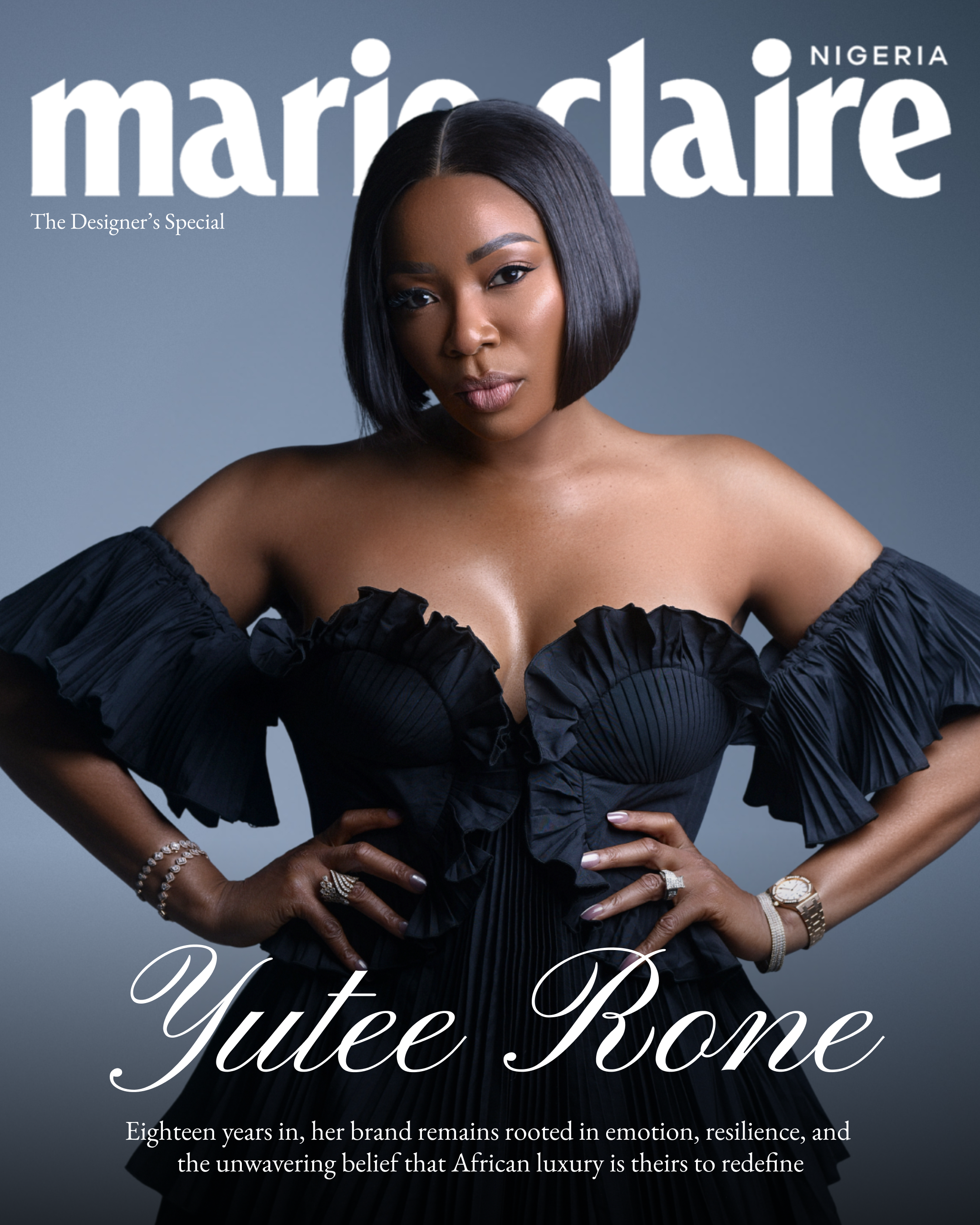Influencer Hafsah, popularly known as Hafymo, sparked conversation 3 days ago about “custom” designs in fashion after she expressed disappointment over her 2022 traditional marriage dress being recreated for another bride. Hafsah commissioned a custom dress from renowned designer Deola Sagoe, believing it would be an exclusive piece for her wedding. However, she was later faced with the fact that the same design had recently been made for another bride by Deola Sagoe.
Is “custom” the same as “exclusive”?
Hafsah took to social media on X to express her displeasure about the situation, questioning why her custom wedding dress design was later used for a new bride. Her post drew considerable attention, leading to a broader discussion about the expectations and understanding of custom designs in fashion.
What does custom design mean?
The design in question was originally part of Deola Sagoe’s 2019 collection, “01 Surreal SS21,” under the “Tropical Galactica” theme. Hafsah shared that she had gone to great lengths to ensure her dress was unique, even exploring Sagoe’s 2019 collection to avoid designs that had been widely used.
A custom design is typically made to a client’s specific measurements, preferences, and requests, meaning the garment is tailored to fit that individual perfectly. However, a custom design may still be based on an existing pattern or style from the designer’s portfolio, which can sometimes lead to similar creations for different clients.
In contrast, an exclusive design implies a guarantee of uniqueness; the designer creates a one-of-a-kind piece from scratch that will not be replicated for any other client. This exclusivity comes with a higher price tag and a clear agreement that the design will not be reused.
This situation has raised questions within the fashion industry, particularly around the definition of “custom-made” garments and intellectual property rights. Should a custom garment remain exclusive to the original client? In the fashion industry, the answer depends on the initial agreement made between the designer and the client.</span>
If the client expects exclusivity, this must be explicitly stated and agreed upon from the on set, with a premium likely paid for this guarantee. Without such an agreement, designers retain the right to use similar designs for other clients, particularly if the piece is part of a broader collection.
A call for conversation on fashion’s future
As the discussion continues, it highlights varying perspectives on the value of exclusivity and originality in designer fashion. It raises important questions: Should a custom piece always remain exclusive to the original client, or is it acceptable for designers to recreate their custom pieces for other clients? How should designers balance their creative freedom with the expectations of clients who pay a premium for bespoke pieces?
International designers like Vera Wang and Dior typically handle custom pieces with a strong commitment to exclusivity. When they create custom wedding dresses for celebrity brides, they ensure these designs are unique to each client. Even if brides come inspired by Grace Kelly’s timeless wedding dress designed by Helen Rose, top designers never create an exact replica. Instead, they interpret the elements to add something distinctive and personal, like Alexander McQueen for Kate Middleton and Zahir Murad for Jasmine Tookes. Maintaining both the exclusivity of the original and the uniqueness of the new creation.
Redefining ‘custom’ in the fashion industry
It becomes clear that the concept is not always straightforward, particularly in the ever-evolving fashion industry. While some argue for the sanctity of exclusive designs, others believe that creative reinterpretation is a designer’s right.
The debate over what “custom” means in fashion is a reminder that clear communication between designers and clients is essential. With expectations shifting, the industry must adapt to ensure that clients feel their vision is honoured while designers maintain creative freedom. Hopefully, this conversation shapes future fashion industry practices.


